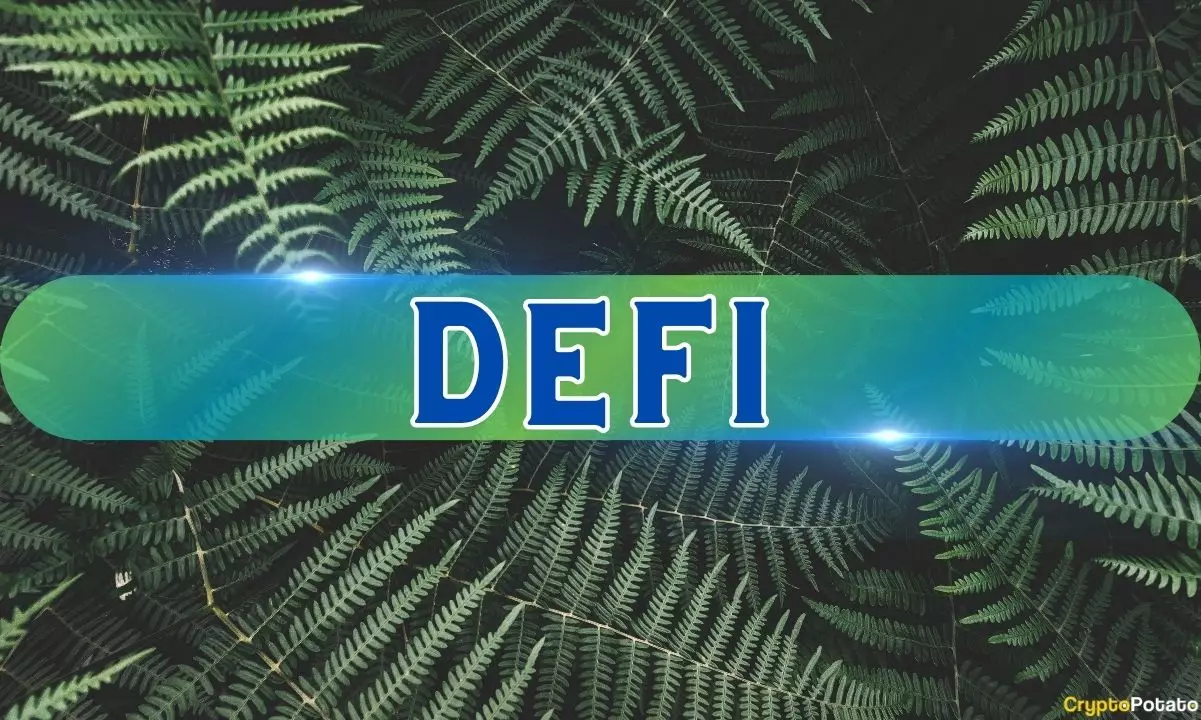The decentralized finance (DeFi) sector is currently experiencing a notable resurgence, with key metrics such as active loans and total value locked (TVL) showing significant growth from their 2023 lows. DeFi lending, which allows investors to lend their crypto holdings in exchange for interest, plays a crucial role in indicating DeFi participation and overall market health.
Recently, a post on X by crypto market analytics platform Token Terminal highlighted a substantial increase in active loans within the DeFi sector, now standing at around $13.3 billion. This level was last observed in early 2022, indicating a surge in lending activity. Such an increase in lending often suggests a rise in leverage within the sector, a trend typically associated with the beginning of a bull market.
In the 2021 crypto bull market, active loans in DeFi peaked at $22.2 billion, aligning with the record highs of Bitcoin and Ethereum. However, this number dropped to $10 billion by March 2022 and hit a low of $3.1 billion in January 2023. The TVL in DeFi also experienced a decline last year, falling 80% from a peak of $180 billion in November 2021 to approximately $37 billion by October 2023.
Despite the downturn, DefiLlama reported a resurgence in the DeFi sector, with TVL rising by approximately 160% to reach about $96.5 billion. In the first half of 2024, DeFi TVL doubled, hitting a high of $109 billion in June. Notably, the liquid staking protocol Lido leads in locked value with a TVL of $38.7 billion, followed closely by the staking ecosystem EigenLayer and the Aave protocol, each holding over $11 billion in locked assets.
Taiki Maeda, the founder of Humble Farmer Academy, has suggested that the industry might be on the brink of a “DeFi renaissance” after a period of underperformance. He pointed out that many DeFi veterans are now considered “high float, low fully diluted valuation (FDV)” coins with significant catalysts on the horizon. Maeda specifically mentioned the DeFi lending platform Aave as a potential outperformer due to the growing supply of its native stablecoin GHO and the Aave DAO’s initiatives to reduce costs and introduce new revenue streams.
Despite the positive trends, CoinGecko data reveals that DeFi assets currently hold only a 3.4% market capitalization share. Additionally, native tokens for prominent DeFi platforms like Aave, Curve Finance (CRV), and Uniswap continue to be more than 80% below their all-time highs, indicating ongoing challenges in the market.
The resurgence of the DeFi sector is evident through the growth in active loans, TVL, and optimistic predictions for the future. However, challenges remain, such as low market capitalization shares and the struggle of native tokens to reclaim their previous highs. Only time will tell if the DeFi sector can maintain its current momentum and establish itself as a dominant force in the broader cryptocurrency landscape.

